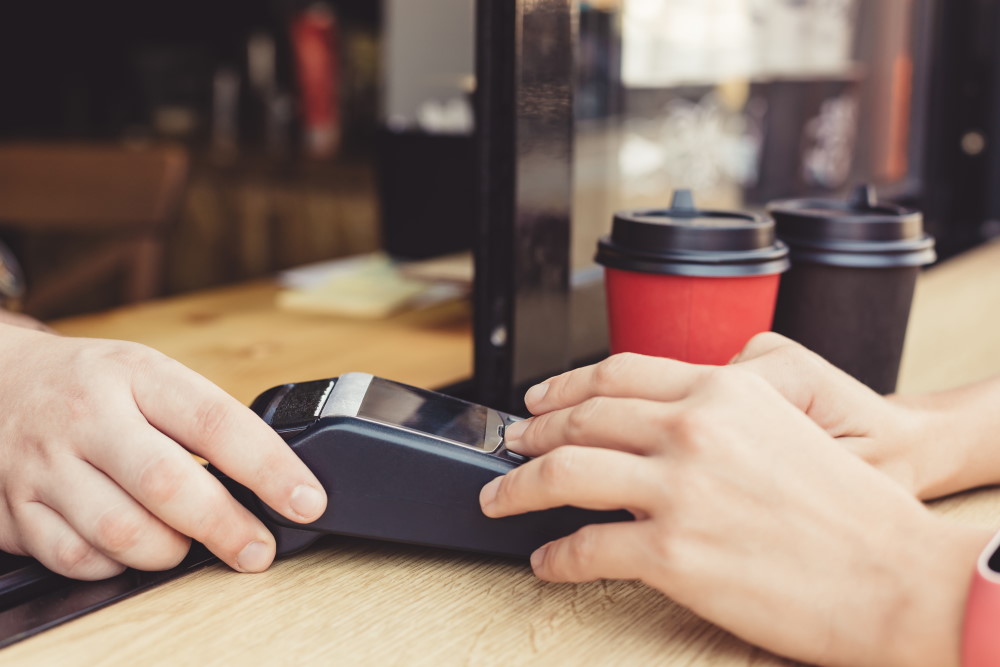10 Tips For Choosing the Best Payment Methods For SME’s
- Written by David Boyd, co-founder of Credit Card Compare

There are many ways to accept payments from customers and clients: cash, cards, buy now pay later, bank transfers and digital wallets. While some are more expensive than others, some can help take your business to the next level or hold your growth back. A strong mix of payment options for your business will make the point of sale transactions fast and painless, have the lowest impact on your gross profits and have the potential to extend your cash flows as much as possible.
David Boyd, co-founder at Credit Card Compare, offers his 10 tips on how to decide on what methods of payment you’re going to accept and how to make it work best for your business and customers.
1. Give customers a choice
Customers want a choice because their personal finances are fractured with pockets of money in all sorts of places. Does your POS machine or payment gateway allow you to offer a choice of payment options to your customers? If you’re not getting the sales you want then speak to your customers to determine if you need to increase the choices you give them at the check-out or online shopping cart.
2. Have a backup
Always have a backup method of accepting payments should your preferred methods fail or your system goes down.
3. The cost to accept payment
The cost to accept payment can really eat into your profit margins. Watch out for the percentage fee on the transaction value and other fixed fees per transaction. Factor in the upfront costs for buying the point of sale machines, equipment and accessories.
4. Negotiate
If your business has larger volumes of sales going through your POS gateway, then you should use that to negotiate more favourable terms or transaction fees from your payment’s providers.
5. Surcharges
Research (and common sense) tells us that customers dislike being surcharged. If you impose a surcharge it cannot be more than the cost of acceptance. For example, you can't charge a 4% surcharge if it only cost 2%. You are legally not allowed to make margin by surcharging.
6. Integration
Think about how your payment merchant integrates with your in-store POS system and digital presence. Ideally, it'll work seamlessly with minimal fuss, and feed data back up into your accounting and marketing platforms.
7. Settlement times
Watch out for slow settlement times. If your day's takings take too long to clear and end up in your bank account, then you'll experience knock-on effects to your cash flow.
8. Fraud
How do your payment systems deal with pesky fraudulent charges and chargebacks from customers who default or dispute charges?
9. Tracking & Reporting
For online stores, posting products out to customers, make sure you keep the tracking information and a delivery receipt. For large orders, require a signature confirmation at delivery.
10. Review
Don't just set and forget. At least once every 12 months you should review your payment choices to see if you can do things cheaper, faster or better elsewhere.

David Boyd, co-founder of Credit Card Compare








